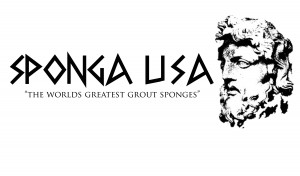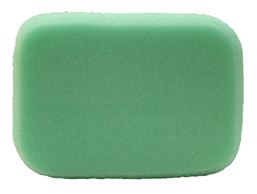This recent interview with Nick Tsangaris, owner of SpongaUSA, details the company’s history, product line and plans for growth.
This interview is re-printed by kind permission of Tile Letter and was originally posted at www.tileletter.com by Lesley Goddin
Nick, thanks for staying up so late in Greece to do this interview.
Thank you for giving your readers an opportunity to learn about our new/old company, SpongaUSA, LLC. And, yes in Calymnos we are eight hours ahead of Jackson, Miss., where Tile Letter is based.
What do you mean “new/old” company?
I’m glad you picked up on my comment! My family started in the sponge business long before I was even born. My great-grandfather was a natural-sponge boat captain. Both my grandfather and father became natural-sponge traders.
In the 1950’s my father recognized the opportunity to move from natural sponges to synthetic sponges for a myriad of industries world-wide such as saddlery, paint, cosmetics, bath, pottery and of course the tile and stone industry. We built our first manufacturing plant here in Calymnos back in 1956. Calymnos was known as “the sponge-divers’ island.” The factory has been expanded a number of times since then, but we are still on the same piece of land my father started on. And while we are very much focused on the tile and stone industry in the U.S., we supply sponges to at least 25 other countries in virtually all the other industries my father envisioned back in the 60’s. He was quite a visionary and absolutely loves the sponge business to this day. As a matter of fact, even though he is in his 90’s, my father still likes coming to the factory nearly every day to tinker around. So as you can see, while Sponga USA is relatively “new”, our roots are very “old” and deep in the sponge industry.
Copyright Ian Taylor and The Tile and Stone Blog.co.uk, 2013. See copyright notice above.


Reader’s Comments